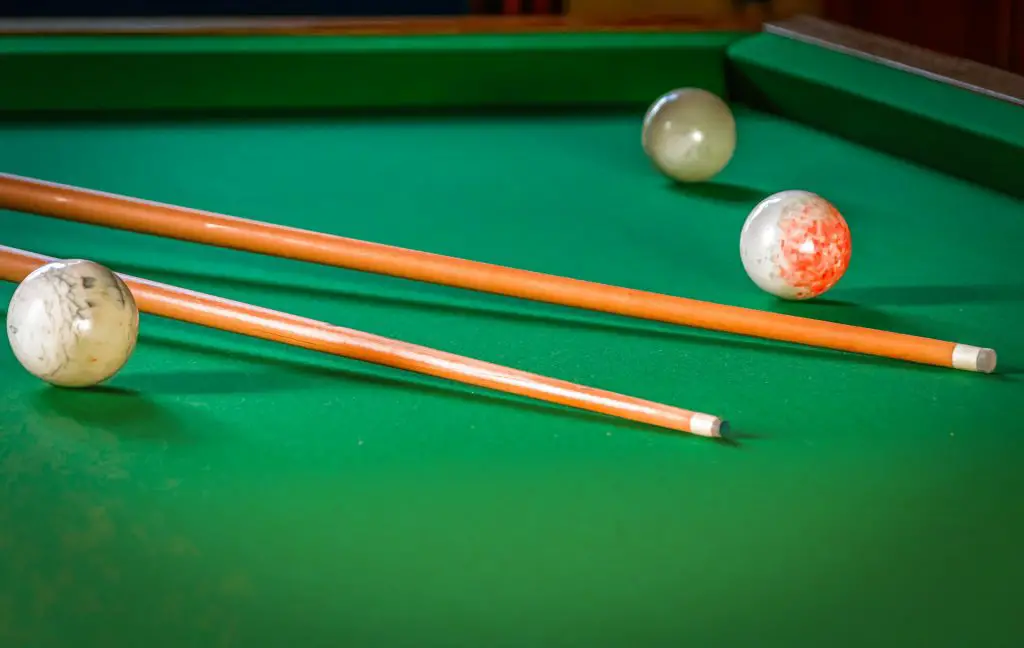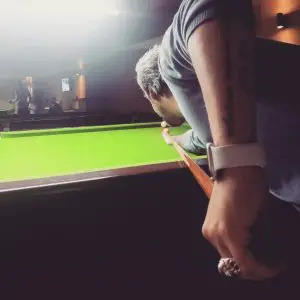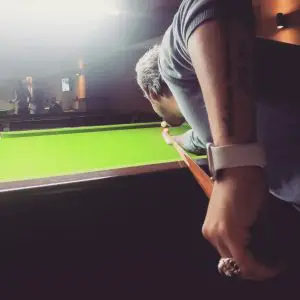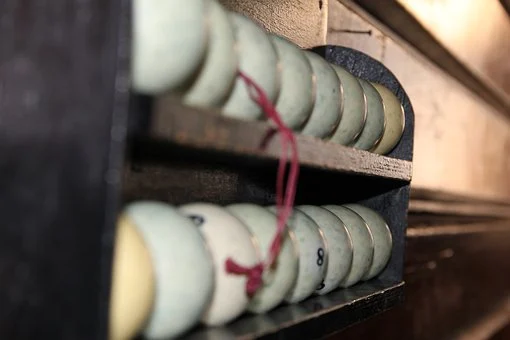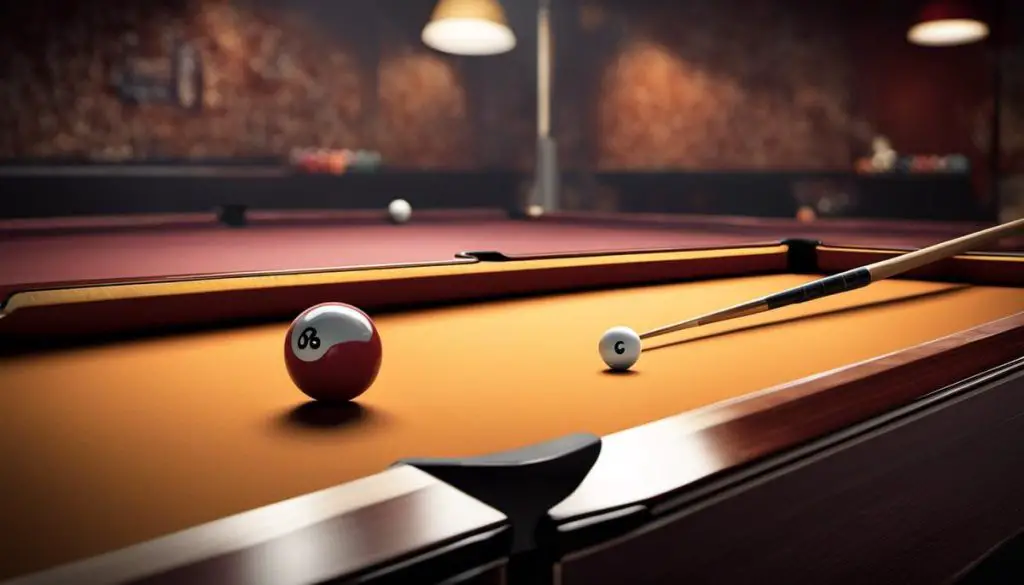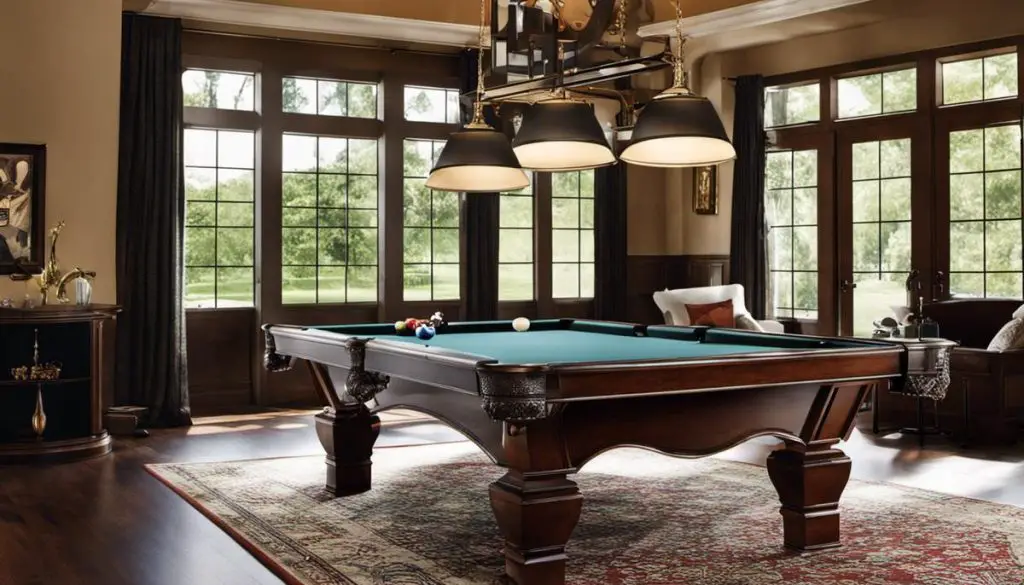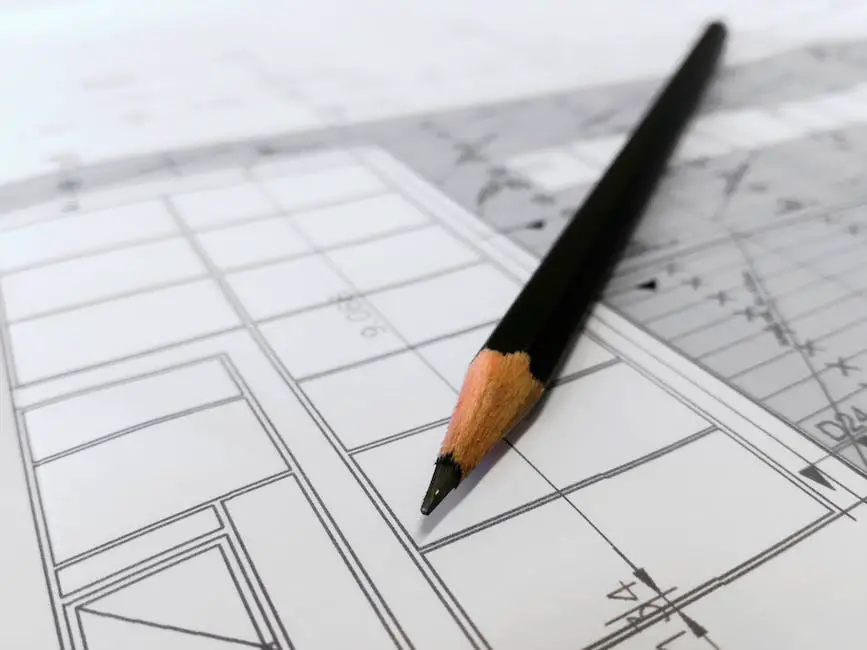How to make a pool cue: Pool cues are one of the most important tools in a player’s arsenal. The pool cue allows you to make precise shots. Even if you don’t have a pool, you can still use a pool cue to improve your gameplay. In this guide, we’ll show you how to make a good pool cue.

Steps On How To Make A Pool Cue
A pool cue has two major parts, its shaft, and the handle.
- Making The Shaft
- You can mount a dried cue blank on the wood lathe using either an engraving chucking device or by securely tying it with string and then securing that in place. You should true this shaft before turning it up at 1500 RPM, but if you want to speed things along further for more quickly finished product- try jumping over 2000rpm during finishing process!
- When turning a shaft, position the steady rest about 1 foot from where you are working and true 1″ sections at a time. After securing both ends securely in place return back to turn another segment just like before until all required pieces have been completed successfully without losing any detail along way
- If you want your turning project to turn out well, there are some steps that need careful attention. One of these is cutting the shaft with care so it will be smooth and easy for finish work later on; making sure not too much vibration happens during this process also helps!
- Now we’re going to square both ends of the cue shaft. Remove any spur attachments, reverse it in your chuck so that tailstock is against head stock and bring them together until they meet with an angle at either end – usually about 1-3 degrees depending on what you want!
- To drill a hole in the shaft of your lathe, you will need to use an impact driver and take extra care not to damage any other parts. Place steady rest at tailstock with 360 degree bit attached securely into place; make sure it’s secure before removing live center from machine or risk damaging something else when working upside down!
- Use the tap and 7/16-14 bit to bore a hole in your brass insert. Tap it with an appropriately sized wrench so that you can thread one end of 5/16″ plumbing coupler through, then glue up inside threads before ramming home those bolts!
- You can now assembly your very own lathe! To start, thread a 5/16-18 x ½ pin in the insert. Next put ⅛ inch diameter on one end and then turn it down to fit into place with only ¼” left over before you have reached headstock size which will be ⅞”. Remembering that using steady rests are important when working at high speeds so don’t forget this step or else vibrations may cause damage
- To give your banjo that signature sound, you’ll need to polish the headstock. Start by finishing off only 4 inches of shaft; once done with those four pieces place cloth over everything else so it does not oxidize or scratch easily while we wait on our next steps.
- To prevent the cue tip from becoming exposed, place a ferrule on its shaft. If this is not possible then turn it with your lathe so that both pieces have same diameter and fit well into joint of stick without slipping around or leaving marks when pulled out again later!
- Crafting The Handle
- To start this project, you need the following materials: a 2-inch stock of lacewood for your handle and shaft; rough it out to around 1¼” in diameter. Make sure that both shoulders at tailstock (the part where they mount on their own) are square with each other before gluing or pairing them up permanently so there won’t be any gaps between wood when we’re done!
- With the power drill, make an outline around one side of handle. This will help you know where to put holes for mounting in 3-jaw chuck or equivalent pinning device later on!
- After doing this step successfully and without any problems whatsoever (yay!), take your time drilling out all necessary openings just as I showed above—wide enough so that they can accommodate 5/16″ pins but not too deep because we want these handles light weight yet strong; remember: balance is key here 😉
- Apply some hot stuff glue in the hole, and press 5/16 pin into position with your drill chuck. This will make sure you have perfect alignment – something that may not be achievable while tapping alone!
- Take the handle of your tool and cut it so that you get a perfectly round end. Make sure not to take too much off, or else there will be Some vibration when cutting since this part is easily susceptible to changes in length due tot he shape’s V-shaped profile
- Next, you need to add a stainless steel joint collar. Before that drill 5/8 ID threads on the collar and place 7/8 OD x 1 inch black butt material between it & your wood piece using 3M adhesive for this step or similar types of fasteners depending upon what kind tools are being used- After completing one side complete both ends by turning them down slightly at each end so they can fit inside their respective slots while being held securely in place with just enough play provided throughout all contact points around these fixtures
Conclusion
The best pool cues are made from wood that has been carefully selected for its ability to perform in different ways. A variety of exotic options exist, but ultimately it’s up to the player how hard their hitting style might be – whether soft or loud!
Now that you know how to make a pool cue, it’s time to get started! Proper storage will help keep your cue in good condition and make it easier to use. If you don’t have enough space, try storing your cue in a cool, dark place.
Other Articles You Might Enjoy Reading

